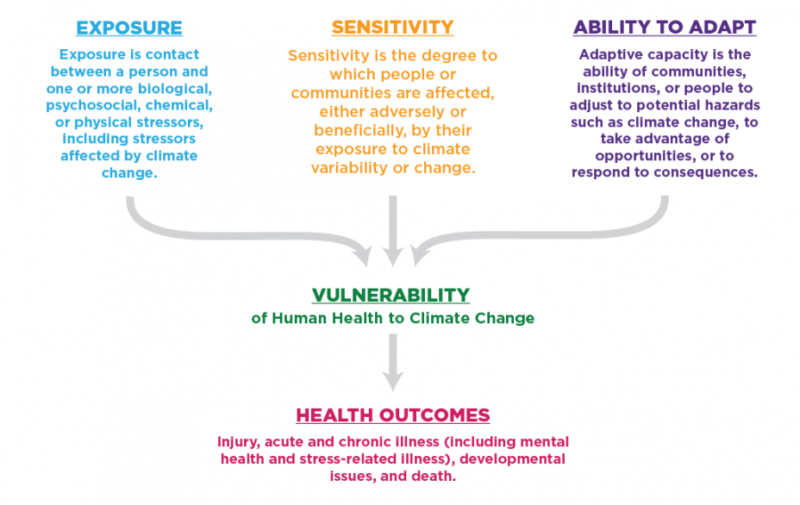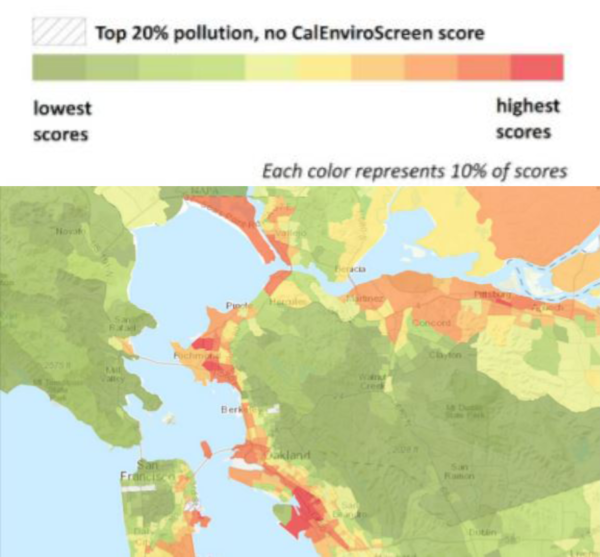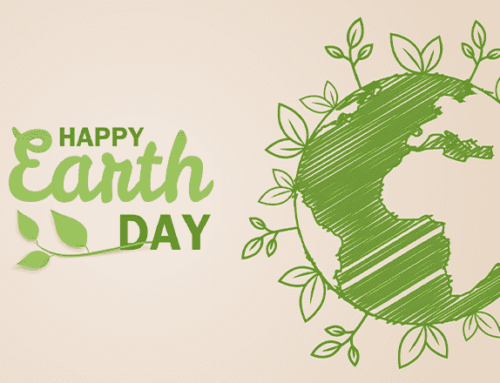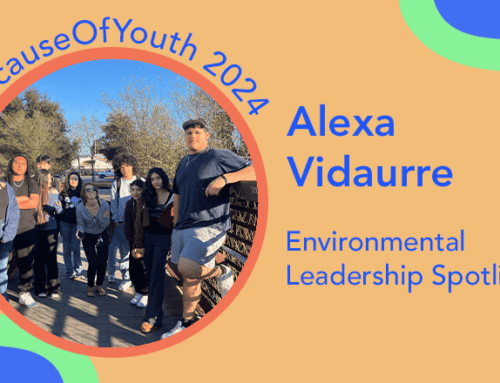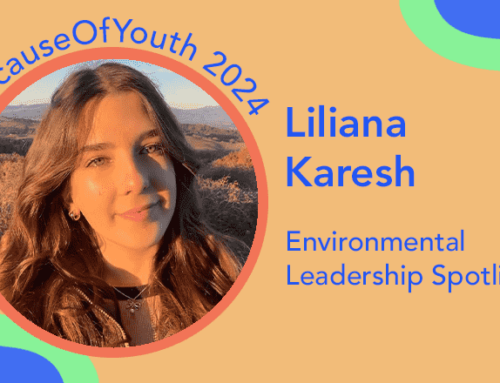The MCE Cares series focuses on the impacts of climate change, climate action strategies, and the ways you can make a difference. The climate is in our hands. What action will you take? Learn more at mceCares.org.
Climate change affects all of us, however, some populations face greater risks than others. Populations that are particularly vulnerable to climate change include low-income communities, indigenous communities, communities of color, people with preexisting conditions, the elderly, children, and pregnant women. We must take immediate action and promote equitable solutions to mitigate the worst effects of climate change.
What makes a community vulnerable?
The Integrated Climate Adaptation and Resiliency Program defines climate vulnerability as “the degree to which natural, built, and human systems are at risk of exposure to climate change impacts.” Vulnerable communities can experience greater sensitivity to changes in the climate and often have fewer resources to adapt to the effects of climate change. Historically and systemically, these communities, largely populated by people of color and the economically disadvantaged, are home to fossil-fueled power plants, oil refineries, fracking sites, and other toxic facilities. Climate change is set to exacerbate existing inequalities because marginalized communities are hit “first and worst.”
How are vulnerable communities identified?
Understanding the risks facing individual communities is essential to developing effective local climate policy. Risk assessments can help us identify a population’s degree of exposure, sensitivity, and adaptability to climate events. A number of vulnerability assessments, such as those by CalEnviroScreen and CalBRACE, are used to identify at-risk populations across California. These tools measure vulnerability by using indicators such as local air quality, percent of population without health insurance, and number of households without air-conditioning. Use this interactive map to visualize exposure and sensitivity by county.
What are the impacts of climate change on vulnerable populations?
Vulnerability magnifies the effects of every negative aspect of climate change. Here are just a few ways that vulnerability is tied to climate effects:
- People in low-income countries are five times more likely to be displaced by climate disasters.
- More than 50% of Latino and Black children under the age of 10 grow up in communities lacking environmental justice resources.
- People over the age of 65 are several times more likely to die from heat-related illnesses.
- Latino, Black, Asian American, and low-income communities are more likely to be exposed to substantially more transportation-related air pollution.
- Urban areas are hit harder by heat waves due to the lack of parks and trees to cool down neighborhoods.
- People living in coastal areas are more likely to be impacted by sea-level rise and storm surge.
How is MCE helping?
Community Partnerships
MCE partners with over 30 local organizations through our Community Power Coalition. Partners include The Greenlining Institute, which seeks to build a more just and inclusive environmental policy. These partners help us identify the best ways to serve the needs of local community members. They provide us with critical feedback about where we might find hidden opportunities and how to ensure that our programs reach the customers that need them the most.
Resilience
MCE’s Energy Storage Program allocated $6 million to solar plus storage installations, with a priority for investments in facilities and residences that support low-income and medically vulnerable customers. In addition, we recently invested in off-grid battery storage solutions, an exciting step toward supporting the energy independence and security of some of our most vulnerable customers. Through partnerships with local Centers for Independent Living, MCE has offered Goal Zero Yeti 3000 portable batteries to 100 customers who depend on electricity for their medical and transportation devices, so that they can maintain power during outages and stay safely at home.
Income-Qualified Programs
MCE offers clean transportation incentives to income-qualified customers to help lower the purchasing and leasing cost of electric vehicles. MCE has also allocated over half a million dollars toward our income-qualified solar rebate program.
Just Transition
MCE’s efforts support a just transition to a clean energy economy. All MCE Feed-In Tariff projects (small-scale, renewable energy projects build within MCE’s service area) must meet local hire and prevailing wage requirements. Additionally, our Workforce Education & Training Program works to create long-term, well-paying employment opportunities in the renewable energy industry.
A just transition must create new relationships of power, building systems where communities are empowered to grow into a better and brighter future. MCE is committed to creating new frameworks that make a just transition possible. We are focusing on people over profit while continuing to engage and transform our policies to reflect the needs of our communities.
Visit mceCares.org to learn more about the impacts of climate change, the work being done in your community, and how you can join the movement. The climate is in our hands. What action will you take?


